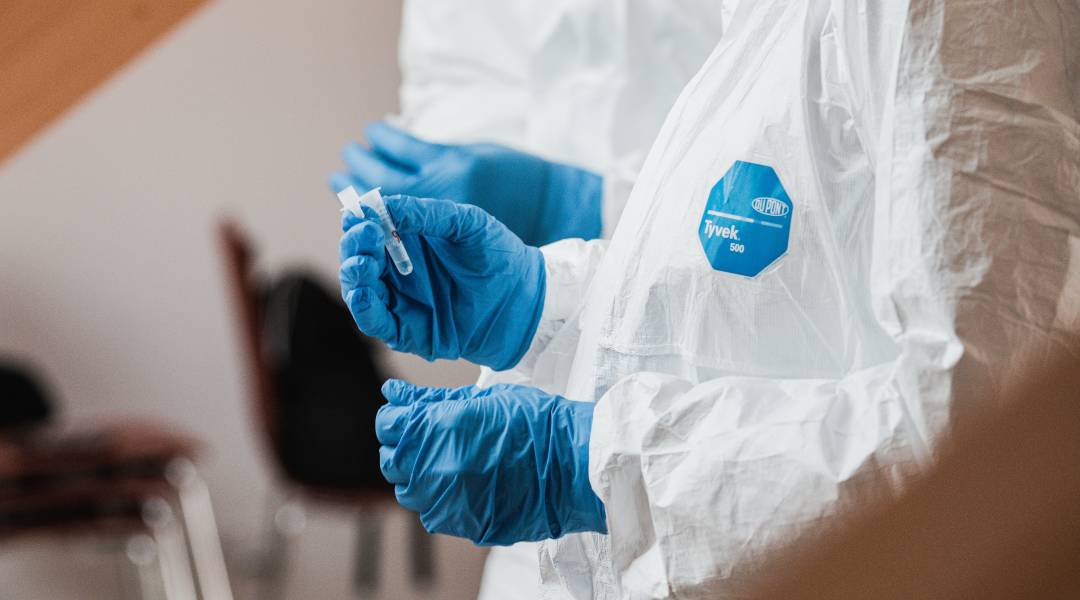
Any optimism should remain guarded.
The Department of Health (DOH) has recently detected the Omicron subvariant BA.2.12 in the Philippines. It is a sublineage of the circulating Omicron variant flagged by the Centers for Disease Control and Prevention (CDC) for increasing COVID-19 cases in the United States two weeks ago.
READ ALSO: What We Know So Far: Deltracron Is The Collab No One Asked For
Scientists are still in the midst of characterizing these Omicron sublineages if they are more transmissible and severe. Although preliminary data show that mutations are associated with higher transmissibility, there is no present evidence that these sublineages cause more severe disease.
BA.2.12 currently appears to have a “growth advantage” over the more dominant BA.2, according to the World Health Organization’s (WHO) COVID-19 weekly epidemiological update published April 27. It cited limited data currently available but said more information is expected as part of ongoing studies.
WHO added, however, that evidence so far does not suggest any difference in terms of severity or clinical manifestations.
OCTA Research warned on April 26 that the entry of Omicron subvariants could lead to a surge in COVID-19 cases in the Philippines. This amounts to around 5,000 cases a day.
— World Health Organization Philippines (@WHOPhilippines) April 27, 2022
The research firm, meanwhile, said the new subvariants are not seen to “trigger a new outbreak.”
Moreover, the DOH assured Filipinos that the country’s surveillance systems can detect new cases and characterize their lineage. It added that WHO has not yet labeled BA.2.12 at present as a variant of interest or variant of concern.
“The public can avoid all variants, whether new or currently circulating, by continuing to wear the best-fitting mask, isolate when sick, double-up protection through vaccination and boosters, and ensure good airflow,” the health department concluded.
Banner Photo by Jan Kopřiva on Unsplash

